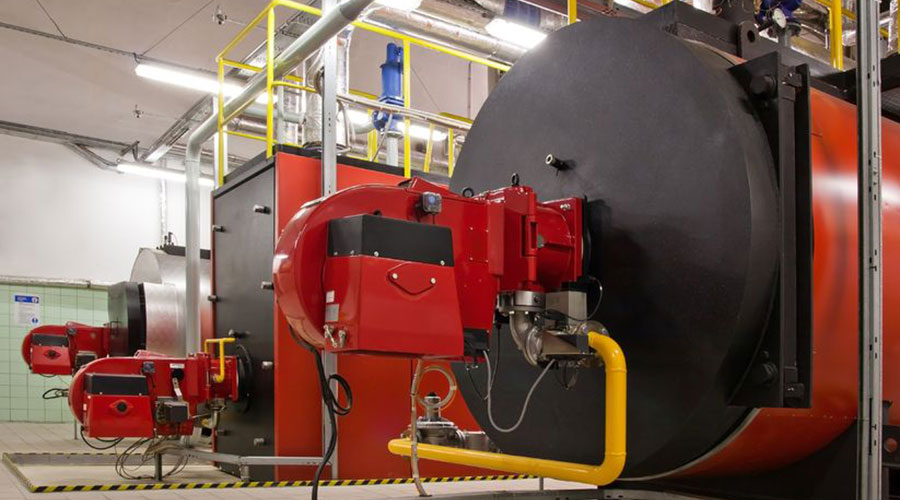Induction furnace : waste heat utilization
Best Available Technique (BAT)
Checking possibility to use the heat in the furnace cooling system for space-heating, the heating of shower water and for drying raw materials.
Brief technical description
A significant proportion of the electrical energy which is supplied to an induction-melting furnace is converted into waste heat. About 20 to 30 % of the total energy input to the plant is dissipated through the cooling system. The furnace cooling circuit not only deals with the electrical losses in the induction coil, but also protects the coil from heat conducted through the furnace lining from the hot metal in the crucible. The heat in the furnace cooling system is used in some installations for space-heating, the heating of shower water and for drying raw materials.
Achieved environmental benefits
Increased energy efficiency.
Cross-media effects
No cross-media effects have been reported.
Operational data
A heat recovery system using the cooling oil of induction furnaces was installed in a Belgian foundry. The foundry operates two induction holding furnaces in duplex with a cupola furnace. The inductors of the electrical furnaces are cooled using thermal oil. The thermal oil gets heated up to 200 – 3000C and losses its heat over an outside oil-air heat-exchanger. Before installation of the heat recovery system, 1 MW of heat was dissipated into the air. An alternative system was installed to use the waste heat for space heating. The heated air is introduced into the core shop. This allows the recuperation of 1/3 of the dissipated heat and replaces the original gas-fired heating system. The implementation was possible at low cost because the oil-air heat-exchanger is installed next to the core shop. Space heating in other parts of the foundry may be considered later, but will require more piping (and will subsequent thus involve further losses).
Applicability
Before heat recovery can be applied, a number of criteria must be met:
- a worthwhile application for the waste heat must be reasonably nearby and the times at which this recovered heat can be utilised must match the times at which the furnace is However, typically the heat available is fairly low grade. The temperature for the cooling water must not exceed 70 ºC
- the relatively low temperatures involved mean that heat-exchangers need to be much larger than those which are normally encountered
- the furnace water must not be returned to the furnaces at a temperature lower than about 30 ºC, otherwise this may give rise to condensation problems maintaining the integrity of the cooling circuits is absolutely essential. The cooling circuit is provided to protect the coil – if it fails in its task the results can be disastrous.
The above aspects, particularly the question of furnace integrity, discourage most furnace operators from even contemplating the utilisation of heat from the cooling circuit.
Economics
A foundry attempting to make use of the heat from the cooling circuit needs to fully evaluate the benefits and then compare them with the cost of the additional equipment and the safety of the furnace and operators.
Driving force for implementation
Increasing energy efficiency at the foundry.
Example plants
Space heating using hot air:
- Proferro, Oudenaarde (B).
- Metso Paper Jyväskylä Foundry (F).
 EE Metal
EE Metal




